A-35 Aldan anti-missile defense complex
The draft design of a fully-fledged combat anti-missile defense system A-35 (cipher "Aldan") was developed in the first half of 1961, before the completion of work on system "A". As in the case of the previous project, the work was carried out by SKB-30 (from 1962, OKB-30) and several related enterprises under the general supervision of G.V. Kisunko. In connection with the tests of the complex "A" and the collection of the necessary data, the project A-35 has undergone serious modifications. Design work on the Aldan system continued for quite a long time, which is why it was only possible to protect the project at the end of 1962. By this time, all the main features of the project and differences from the previous development were identified.
After the protection of the conceptual design had to revise some of the main provisions of the development. The newly discovered data obtained during the tests of the system "A", forced the authors to change some of the principles of the complex. Thus, the preservation of the principles of guidance using the simultaneous operation of three radar stations responsible for maintaining anti-missile missiles could lead to unacceptably high expenses for the construction of the complex. The fact is that for the required number of firing complexes with interceptor missiles with the old approach it was necessary to build up to several hundred radars.
For this reason, it was decided to reduce the composition of the electronic facilities of the complexes and redesign the project accordingly. It was suggested to follow the target using only one precision targeting station, another similar system was to be responsible for tracking the anti-missile. This technique to some extent impairs the accuracy of the guidance and increases the deviation of the missile from the target. It was proposed to compensate for the loss of accuracy with the help of a more powerful nuclear warhead. All these factors led to a serious processing of certain means of the А-35 complex in comparison with the basic “System“ A ”.
After processing the overall architecture of the complex, the composition of the funds looked as follows. To track the air and space, it was proposed to use the new detection radar "Danube-3", including various new modifications that were supposed to appear as the project developed. The exact determination of the coordinates of the target was planned to be carried out using the RCC-35 system, and the RCT-35 station was to monitor the interceptor missile. The overall management of the complex was carried out using a command-computing center associated with all means. Shooting systems based on launchers with new type A-350Zh missiles were also proposed.
For use in a new missile defense system since the end of the fifties, a radar station for searching targets “Danube-3” has been developed. With the help of several stations of this type, it was proposed to form a full field of view around the protected area. During the sixties, several new modifications of this radar were developed, differing in the composition of the equipment used and, as a result, in the characteristics. The result of all the work was the emergence of the radar "Danube-3", "Danube-3UP" and "Danube-3". Stations of the family could continuously monitor the surrounding space and at the same time track to 3 thousand targets.
Also for the A-35 system, a radar station for the RCC-35 target channel was developed. The product with a total height of 25 m with a mirror antenna with a diameter of 18 m was to carry out the tracking of a twin target (warhead and the third stage of the rocket), chosen to attack the firing complex. RCC-35 station could find and accompany ballistic targets at distances up to 1500 km.
It was proposed to follow the rocket in flight using the RCT-35 product channel station. On a common basis, two antennas were mounted for various purposes. The device of smaller diameter was supposed to display the antimissile on the calculated trajectory, and a large antenna was used to track it. The RCT-35 equipment made it possible to simultaneously control two interceptor missiles. The target detection range corresponded to the capabilities of the rocket.
To control the entire complex, command-computing centers of two types were developed. It was originally proposed to use a system based on the 5-92-B electronic computer. The computer used discrete semiconductors and magnetic storage devices. Two processors with a performance of 500 thousand and 37 thousand operations per second were used that solved different tasks. Later, using the 5-92-B system, the XNUM-X-X-NUMX control complex was developed.
The defeat of the target was to be carried out with the help of a new type of anti-missile, the development of which was entrusted to the Minaviaprom OKB-2. This product is known under the designations B-1100, A-350Ж and 5В61. It was originally proposed to develop an interceptor missile based on the existing B-1000 product. However, new requirements for such arms and the technological limitations of the basic design led to the appearance of a completely new ammunition, which was similar to that existing only by certain operating principles and general architectural features.
As a result of the new work, a project of a guided missile appeared, capable of delivering a relatively heavy warhead to the required range. It was a two-stage rocket with a solid starting stage and liquid engines on a sustainer. The rocket had a characteristic appearance with a conical marching stage, on the surface of which there were conical protrusions. The starting stage was made in the form of a block of four separate engines assembled in a package and equipped with stabilizers.
The A-350Zh missile had a length of 19,8 m with a length of the first stage 7,9 m and a second one - 15 m. The maximum diameter of the case did not exceed 2,6 m, and the span of the stabilizers reached 6 m. -30 t. The missile could carry a warhead weighing up to 33 kg. It was proposed to use high-explosive charge or special ammunition 700 kt. There is also information about the development of other variants of combat equipment with other characteristics.
The characteristics of the two-stage engines allowed the 5B61 product to attack targets at a distance of up to 400 km from the starting point. Reach height was 50-400 km. According to some data, the effective destruction of a ballistic target was ensured at speeds up to 5 km / s.
For the rocket, the transport and launch container 5P81 of steel with textile rubberized covers was developed. With the help of the container, the A-350Zh rocket was to be delivered to the position where the TPC was installed on the launch device. The latter was a turntable with U-shaped racks for fastening the container. Before launching the TPK had to turn in the direction of the target and be displayed on the elevation angle 60 or 78 °. With this position of the container, the rocket was launched.
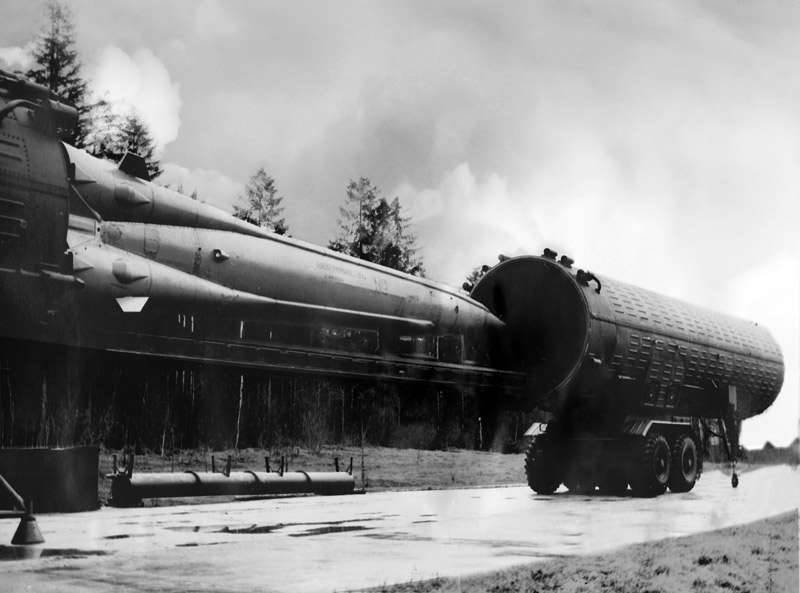
Loading the rocket into the container. Photo Vpk-news.ru
The outline design of the A-35 complex was completed at the end of 1962. After that, it was decided to start building an experimental system. The test site was supposed to be the Sary-Shagan test site on Fr. Balkhash in the Kazakh SSR. Construction work at the site continued for several years. The construction of the Aldan complex was completed only in 1967 year. Despite the long-term construction, the first tests were started in 1962. For the first checks of the promising missile, a temporary launcher was built with all the necessary facilities. It was used for the first tests, but later several new launch systems were involved in the work.
Interestingly, even before the construction of the pilot complex was completed, a new antimissile was shown to the general public. 7 November 1964 of the year parade participants in the Red Square were a few tractors from the TPK 5P81, which had A-350J missiles. During such a demonstration, the missile containers did not have a back cover located near the nozzles of the launch stage.
The experimental complex "Aldan" was a set of tools for a full-fledged air defense system that allows you to search for a target and then attack it. A radar station “Danube-3” was built at the site. Also, in some tests, the station TsSO-P "Dniester" was used. A launch position was built with four launchers. In addition, one RCC-35 station and two RCT-35 stations were deployed. The conjugation of the facilities of the complex was provided by the Kabel communication system.
The temporary launch pad was brought to trial in the spring of 1962. Until the end of spring of the next year, several A-350Zh missiles were launched in a simplified configuration. In the future, the rocket project was changed to reflect the test results, after which new checks began. Until 1966, inclusive, experts were engaged in checking the updated anti-missile using a temporary launcher.
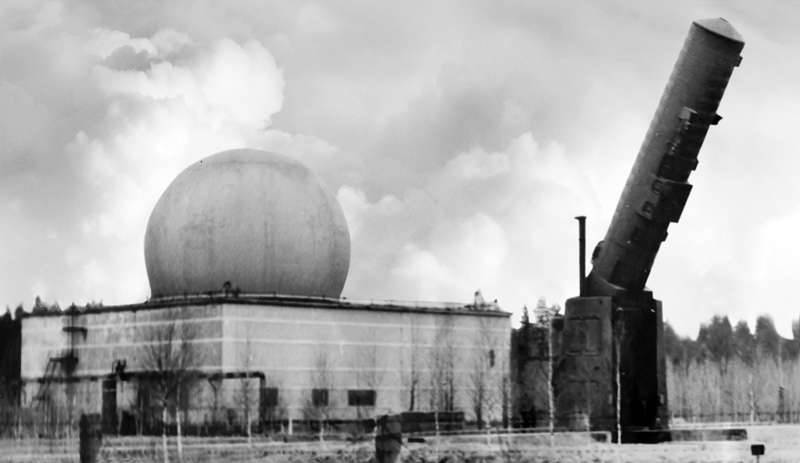
Launcher and station HRB-35 / Photo Vpk-news.ru
By September 1967, the Aldan experimental complex was ready for the first tests using all available means. After that, all test launches were carried out using various elements of the anti-missile complex. In particular, the central command and computing complex and radar stations for searching for targets and missile guidance were used. In the summer of 1968, tests passed to the stage of paired launches of antimissiles.
The testing of the Aldan missile test system, designed to test new ideas and systems, was completed in the middle of the summer of 1970. After that, it became possible to continue the construction of the A-35 combat complex. At the same time, however, the operation of the experienced "Aldan" did not stop. Over the next two decades, this system was used to test new types of systems. New modifications of radar facilities, interceptor missiles, etc. were proposed and tested. State tests of various new ABM weapons continued until the 1980 year. In the eighties, Aldan was also used for testing purposes. Over the entire period of operation, slightly less than 1962 A-1990Z missiles were launched from 300 to 350 for several modifications.
The new A-35 missile defense system was originally designed to protect Moscow and the nearby region, where a large number of important administrative and military facilities, industrial enterprises, etc. were concentrated. The construction of missile defense facilities in the Moscow region began in 1962, a few years after the start of installation of systems at the Sary-Shagan test site. Interestingly, before the start of construction, the original plans for the number of various means of the complex were changed.
The construction of the A-35 system in the Moscow region was completed in 1967. The operation of the complex was assigned to a specially created missile defense corps, which became part of the air defense forces. By 1971, all necessary tests were carried out, after which the complex was put on alert. The complete introduction of the system took place in 1974 year. By this time, two radar detection "Danube-3U" and "Danube-3М", the main command-computing center, the technical base for the preparation of missiles and four positional areas with firing complexes were built and put into operation. In each area there were two shooting complexes with eight launchers on each: four for the first volley, the rest for the second. The entire missile defense system of Moscow had 64 antimissiles on launch and technical positions. According to calculations, this was enough to repel the attack in the form of eight ballistic missiles.
In 1968, work began on creating an updated A-35M system. Before the modernization of the complex, two options for updating the missile defense were considered. The first implied the improvement of the existing A-35 system, and the second proposal was connected with the development of a completely new complex. The first approach was considered more profitable, which allowed to do without building a large number of new objects.
By the 1970-72 years, it became clear that the А-35 complex can no longer confront the existing threats. When the enemy used missiles with a split head, false targets and interference, the Aldan complex lost its effectiveness. In 1973, the OKB-30 specialists made a proposal for the further modernization of the А-35 system. Subsequently, the Ministry of Radio Industry, which was entrusted with supervising the work on missile defense, took several important decisions. So, in 1974, it was decided to abandon the modernization of the A-35 system. The following year, a new work manager was appointed. In this post, G.V. Kisunko replaced AG Bass players After the change of leadership, the modernization project was resumed. The general approaches to modernization were retained, but the development of individual renewal projects was carried out without the use of earlier developments.
In May 1978 of the year, the A-35M missile defense system took up combat duty. It was adopted in 1990 year. The systems of communication and control of the complex have undergone radical modernization. In addition, various elements of firing systems were refined. The A-35P rocket has become the standard weapon of the A-350М complex. From the base product such a weapon differed control system on a new element base, protected from the effects of electromagnetic pulse. The remaining characteristics of the rocket during the upgrade has not changed.
The A-350P rocket was designed in the late sixties. In 1969, such a rocket first took off from a launcher at the Sary-Shagan test site. After this, several other test runs were performed. In the 1976-77, new missiles were tested in conjunction with other means of the A-35M complex. At the final stage of testing, several types of ballistic missiles were intercepted.
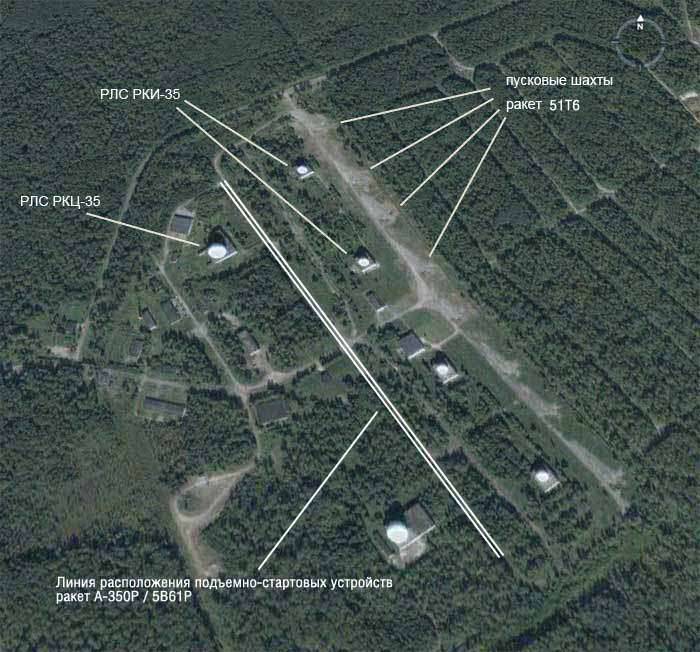
Placement of the shooting range at the position. Photo Militaryrussia.ru
According to some reports, the modernization of the A-35 complex under the A-35M project has led to a rather long downtime of anti-ballistic missiles. According to the memoirs of G.V. Kisunko, from 1977 to 1988 for years, the А-35 / 35М system was virtually inactive. It is mentioned that at that time electric weight models of regular interceptor missiles were mounted on the launchers. Such products were a rocket A-350ZH with a load of sand in fuel tanks and with engines filled with concrete. Other equipment was installed in full, which allowed the use of missiles in various procedures.
In 1990, the A-35M modernized anti-missile defense complex was officially adopted. By this time, the systems had been on alert for several years and were monitoring potential threats. In the same year, a decision was made to terminate the operation of the experimental complex “Aldan” at the test site in the Kazakh SSR. Operation of the "combat" missile defense system was continued.
Since the beginning of the seventies, a new version of the missile defense complex has been developed. After analyzing the proposals, it was decided to continue this project and develop it simultaneously with the modernization of the existing А-35 system. By the early eighties, an alternative project, designated A-135, reached the construction of the required facilities at the site and conducting various tests. A decade and a half later, in 1995, the A-135 complex was officially put into service, although its combat duty had been going on for several years.
The launch of a new missile defense system has made it possible to abandon obsolete systems, whose characteristics no longer met the requirements of the time. In 1995, the A-35M complex was decommissioned. Some of its objects were dismantled, others changed their purpose. Thus, some radar stations from the A-35М composition were used for a long time for targeting means of a newer complex.
On the materials of the sites:
http://vko.ru/
http://pvo.guns.ru/
http://raspletin.com/
http://russianarms.ru/
http://militaryrussia.ru/blog/topic-344.html
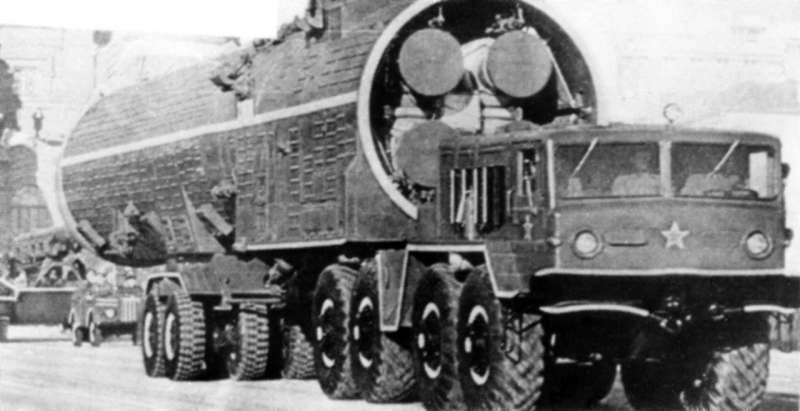
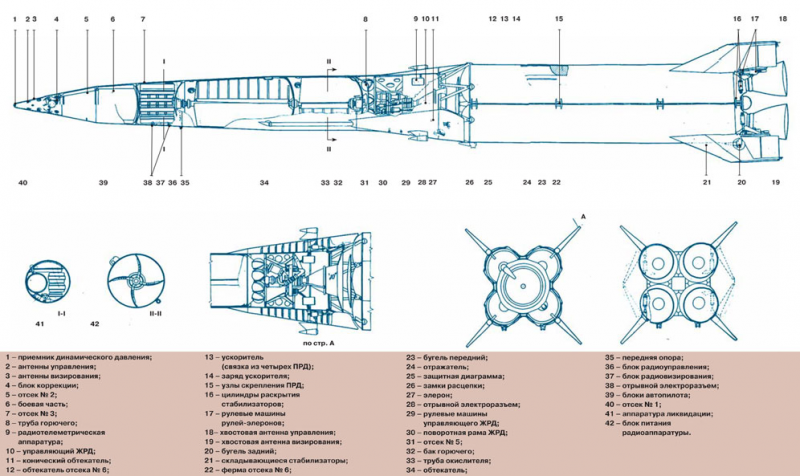
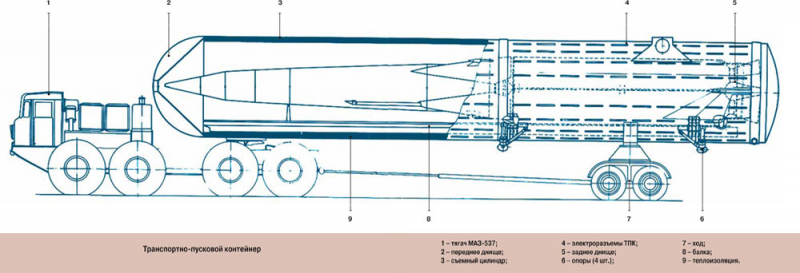
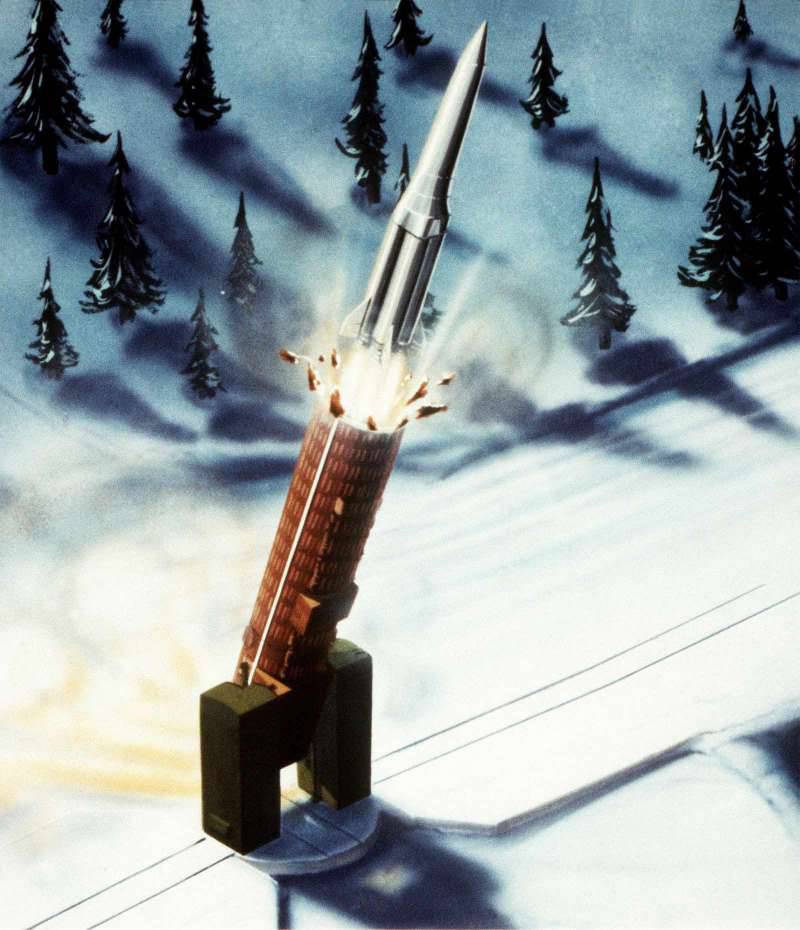
Information